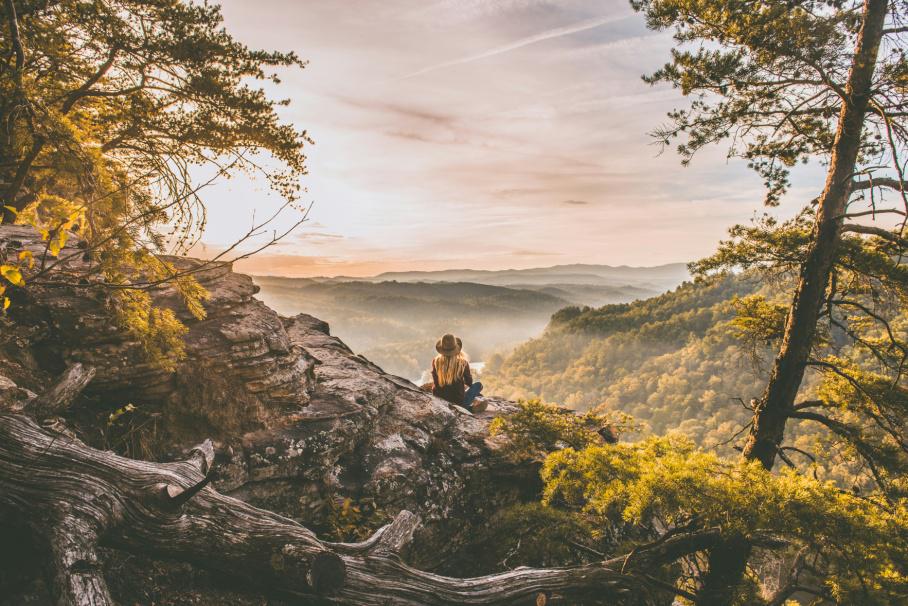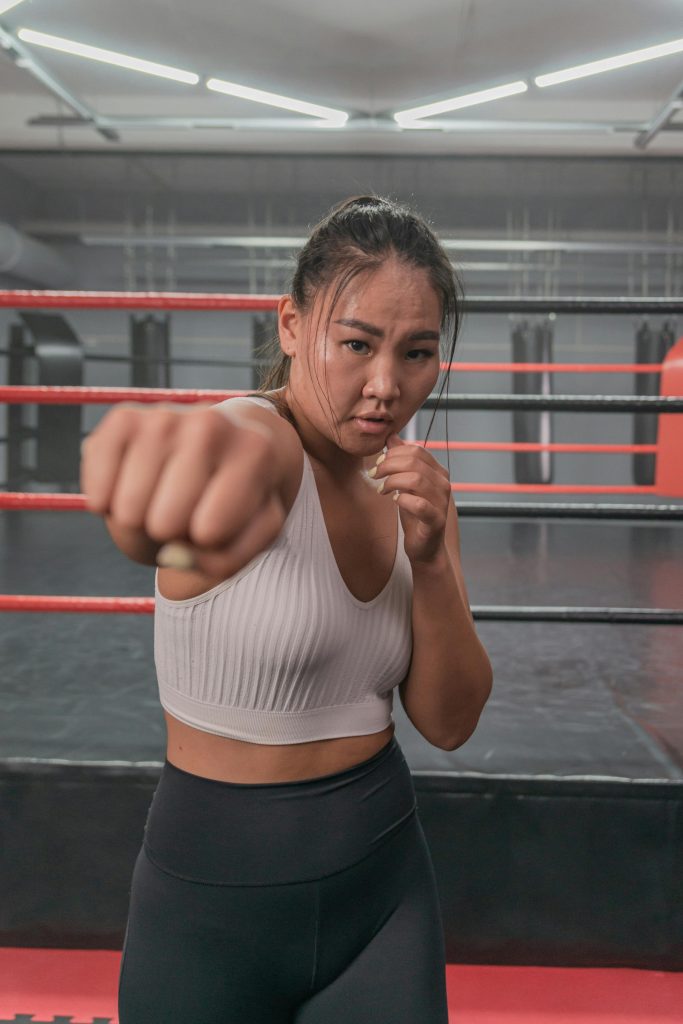
What is sustainable living? How Your Choices Shape a Sustainable Present and Future
By embracing sustainable living, we adopt practices that contribute to the well-being of the environment, society, and economy.

As Halloween approaches, pumpkins are everywhere, bringing that festive fall spirit into homes. But I’ve recently started thinking more about where these pumpkins come from.
This year, instead of grabbing any pumpkin from the store, I’m focusing on organic and sustainably grown pumpkins, and here’s why.
I’ve loved carving pumpkins with my family every year—it's a tradition. But after learning about the environmental impact of conventional farming, I decided to do a little digging (no pun intended!) and was surprised by what I found. Traditional farming uses synthetic fertilizers and pesticides that harm local ecosystems and contribute to pollution. I’ve been trying to live more sustainably, so this year, I’m switching to organic pumpkins.
Last weekend, we visited a local organic pumpkin farm for the first time. The atmosphere was completely different from big commercial pumpkin patches—there was an emphasis on preserving the land and using eco-friendly farming practices. Talking to the farmer, I learned that organic pumpkins are grown without synthetic chemicals and that crop rotation and natural pest management help maintain soil health. It felt good knowing that the pumpkin we picked was contributing to a more sustainable system.

Photo by Zen Chung: https://www.pexels.com/photo/woman-riding-child-in-trolley-in-farmland-5528962/
My takeaway: Organic farming isn’t just about healthier pumpkins—it’s about protecting the land, water, and ecosystems that support them.
When I started searching for a local farm, I was surprised by how many small, sustainable farms were nearby. It turns out; that more farmers are using sustainable techniques to grow pumpkins, which means there are options beyond the supermarket. For those lucky enough to live near one, picking your pumpkin at a small farm is a fun and eco-friendly way to celebrate the season. If you’re like me, and you enjoy making your Halloween prep a little adventure, I highly recommend it!
This year, we’ll turn our sustainably grown pumpkins into everything from jack-o’-lanterns to pumpkin soup. I also made sure to save the seeds for roasting.
Fun fact from my visit: Pumpkins can take a lot of water to grow, but farms that use drip irrigation and cover crops are much better for the environment, reducing water waste while keeping the soil fertile for future crops.

Photo by James Frid: https://www.pexels.com/photo/pumpkins-on-a-pumpkin-patch-10050249/
One thing we’ve started doing in our family is **composting** our pumpkins after Halloween. Instead of letting them rot on the porch or throwing them in the trash, I made sure they were broken down and added to our compost pile. It’s so satisfying knowing that instead of creating waste, we created rich soil that helps grow future plants in our garden. Plus, composting with the kids makes it a great learning experience about how everything in nature has a cycle.
My little secret: If you’re not into composting at home, some local farms or community gardens will take your old pumpkins for composting, so they don’t go to waste!
Every year, as Halloween approaches, my family dives into our cherished tradition of carving pumpkins. It’s a fun-filled activity filled with laughter, creativity, and a bit of mess. But as we scoop out the insides and carve our spooky designs, I’m always left with a mountain of pumpkin scraps. Rather than letting these leftovers go to waste, I’ve found a way to connect with nature: feeding the birds.

Photo by Hiva Sobhani: https://www.pexels.com/photo/a-black-and-white-bird-perched-on-a-brown-wood-14333859/
After the festivities, I take the pumpkin remnants—seeds, flesh, and even the peels—and set them aside. I’ve discovered that many birds enjoy pumpkin as a treat, and it feels great to share our leftovers with them. I usually chop the scraps into smaller pieces, making it easier for the birds to eat. Then, I scatter them in my backyard and watch birds flock to enjoy this seasonal bounty.
One of my favorite moments was when a group of colorful finches discovered the pumpkin leftovers for the first time. They were initially discreet, hopping around the pieces before gathering the courage. As they feasted, I could see them fluffing their feathers in delight, and it warmed my heart.
In addition to finches, I’ve also seen crows, sparrows, and magpies enjoying the pumpkin scraps. The vibrant colors of these birds against the orange pumpkin create a beautiful autumn scene in my yard. It’s a simple pleasure that connects me to nature and brings a sense of peace to my home.
I’ve also noticed that feeding the birds has had some unexpected benefits. My kids love to join me in bird watching, making it a fun learning experience about local wildlife.
As the weeks pass and Halloween becomes a distant memory, I watch for any remaining scraps to offer the birds. Instead of seeing pumpkin leftovers as waste, I now view them as a way to contribute positively to the environment and support local wildlife.
So, the next time you’re carving pumpkins, consider saving those scraps—they might just become a feast for your local birds, bringing you closer to nature.

By embracing sustainable living, we adopt practices that contribute to the well-being of the environment, society, and economy.

Sustainability goes beyond admiration; it is a commitment to maintaining the delicate balance between our species and the planet.

Dive into the world of traditional board games and discover their diverse health benefits. Explore expert insights on how these games contribute to well-being and mental acuity.

Natural deodorant is an effective and environmentally friendly product. It is a healthy option since traditional antiperspirants often contain chemicals.

Let’s discover the environmental impact of household waste, and hopefully, this will inspire us to create a new mindset.
Welcome to Sustainable Living by Science. With our scientific mindset, we are exploring how to nurture our well-being while caring for the environment. We are sharing the meaning of sustainability through evidence-based practices. Join us on this journey towards a greener, healthier future where science guides us to make the best choices for ourselves, the planet, and others.
All content is © 2024 by Sustainable Living by Science. All rights reserved.